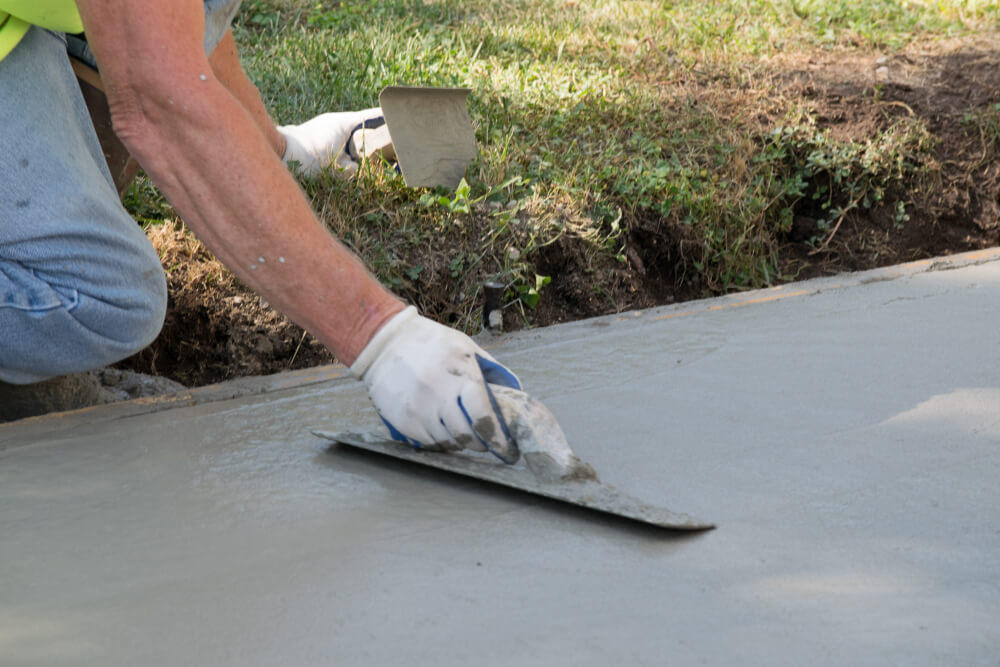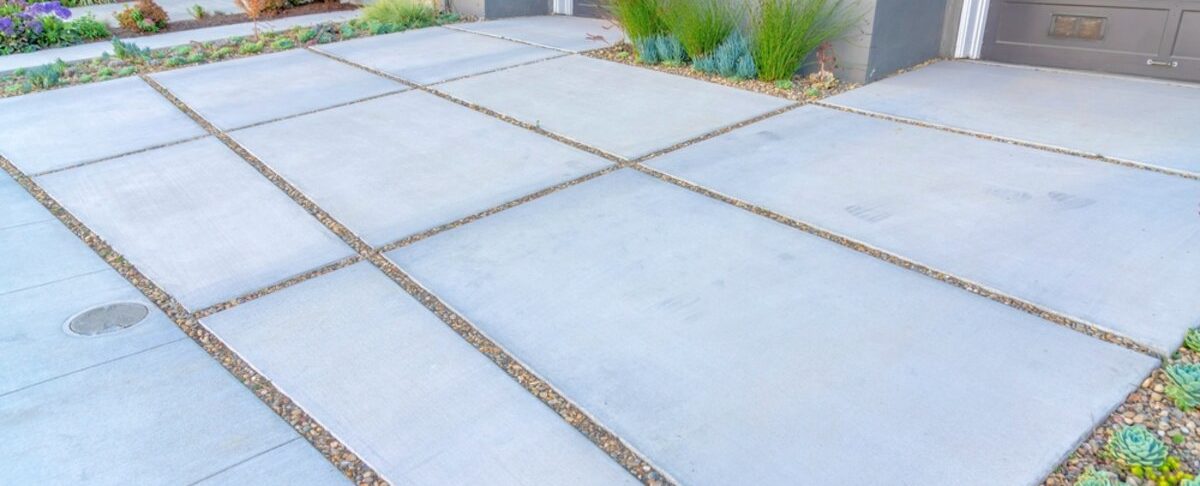Replacing a concrete driveway is a significant investment that can greatly enhance the curb appeal and value of your property. When done correctly, the new driveway will not only look beautiful but will also last for many years. However, the process can be quite involved. To better prepare homeowners for this substantial project, let’s break down what to anticipate during a concrete driveway replacement.
Understanding the Need for Replacement
Over time, driveways can wear down due to weather, usage, and other external factors. Cracks, potholes, and uneven surfaces not only diminish the aesthetics of your home’s exterior but can also pose safety hazards. Replacing the concrete ensures that you maintain a safe and attractive frontage.
Concrete Driveway Replacement Process
Initial Assessment and Planning
Before any work commences, a contractor will visit the site to assess the current state of your driveway. They will measure the area, check for potential complications (like underground utilities), and discuss design options. This initial phase is crucial for setting the scope, budget, and timeline of the project.
Demolition of the Old Driveway
Once a plan is in place, the old concrete must be broken up and removed. This is typically done with heavy machinery, like jackhammers or small bulldozers. During this phase, it’s essential to ensure that the removal is thorough to lay a good foundation for the new driveway.
Preparing the Ground
After the old concrete is cleared, the ground underneath needs to be prepped. This involves leveling the area, compacting the soil, and laying a gravel base. Proper ground preparation is essential for the longevity of your new driveway. Without it, you risk issues like sinking, cracking, and water pooling in the future.
Pouring the New Concrete
With a prepared base, it’s time to pour the fresh concrete. This stage is when you’ll start seeing the visual transformation. Concrete is poured, smoothed, and then finished with tools to create the desired texture and appearance. It’s crucial to work quickly during this phase to prevent the concrete from setting prematurely.
Curing and Setting
After the concrete is poured and shaped, it needs time to cure. This period allows the concrete to strengthen and set properly. Depending on the weather and specific type of concrete mix used, this can take anywhere from a few days to a week. It’s vital not to use or drive on the driveway during this time.
After the Replacement – Ensuring Longevity
Sealant Application
About a month after the concrete driveway replacement, a sealant is often applied. This sealant protects the surface from moisture, stains, and minor abrasions, ensuring that the driveway remains in prime condition for longer.
Maintenance and Care
Regular maintenance can extend the life of your new driveway. Simple actions like regular cleaning, avoiding the use of harsh chemicals, and addressing minor damages promptly can make a significant difference.
Conclusion

Understanding what to expect during a concrete driveway replacement is pivotal for homeowners. By being prepared, you can ensure a smoother process, from the initial assessment to the final cure. Remember, a well-done replacement not only provides an attractive entrance to your home but also a long-lasting surface that stands up to the test of time. If you have further questions or are considering starting a project soon, don’t hesitate to contact Richfield Concrete today. We’re here to guide you every step of the way.




